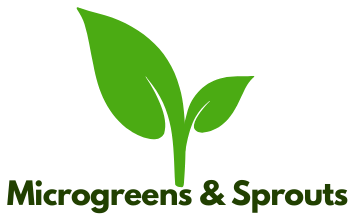Red Kale
Red Kale Seeds
Red Kale seeds are the source of vibrant, nutritious sprouts that have a mild, peppery flavor with a slight earthiness. These sprouts are rich in antioxidants and add a colorful, healthy touch to salads, sandwiches, and smoothies.
History of the Seed
Red Kale is a variety of kale (Brassica oleracea) known for its reddish-purple leaves. It has been cultivated for centuries, originating from the Mediterranean region. Traditionally grown for its leafy greens, its seeds are now popular for sprouting due to their nutritional density and easy growth.
Nutritional Information
Red Kale sprouts are packed with:
- Vitamins: A, C, K
- Minerals: Calcium, Iron, Magnesium
- Fiber
- Antioxidants
- Protein (small amounts)
Nutrition Benefits
- Supports immune health (Vitamin C)
- Promotes bone strength (Vitamin K and calcium)
- Enhances eye health (Vitamin A)
- Rich in antioxidants which help reduce inflammation
- Provides plant-based protein and fiber for digestion
Sprouting Process and Directions
Soak Time
Soak Red Kale seeds in clean water for 6-8 hours or overnight.
Rinse Time
Rinse the seeds 2-3 times daily with fresh water to keep them moist and prevent mold.
Growing Time
Sprouts typically grow within 3-5 days under optimal conditions.
Harvest Time
Harvest when the sprouts are about 1-2 inches long, usually 4-5 days after soaking.
Yield
From approximately 1 tablespoon of seeds, you can expect about 1 cup of sprouts.
Days to Sprout
Sprouts will begin to appear within 1-2 days after soaking.
Best Growing Methods
- Use a sprouting jar or tray with good drainage.
- Keep in a warm, well-ventilated area away from direct sunlight.
- Maintain consistent moisture by rinsing regularly.
- Avoid overcrowding seeds to promote airflow.
Storage
Store harvested sprouts in a sealed container in the refrigerator. Use within 3-5 days for best freshness and nutrition.
Using the Ready Sprouts
- Add fresh to salads or sandwiches for crunch and flavor.
- Blend into smoothies for a nutritional boost.
- Use as garnish on soups or main dishes.
- Lightly sauté for a warm side dish (optional).
Helpful Tips
- Always use clean water and equipment to prevent contamination.
- Avoid over-soaking to prevent seed rot.
- If mold appears, discard the batch and sanitize your sprouting container.
- Experiment with light exposure to adjust sprout color and flavor.
Did You Know?
Red Kale sprouts contain compounds called glucosinolates, which may support natural detoxification processes in the body.
